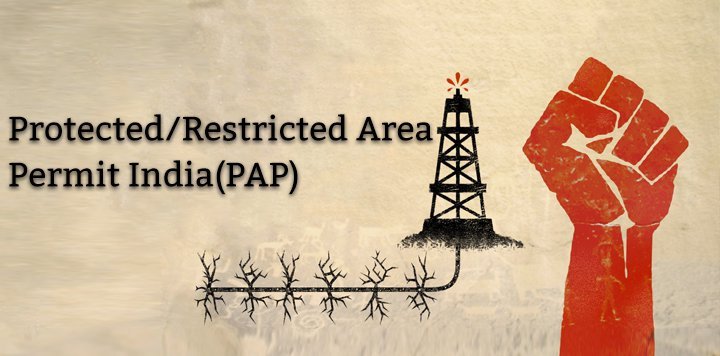Navigating the Process: Applying for a Protected Area Permit (PAP) in India
India’s diverse and captivating landscapes often include regions that require special permits, known as Protected Area Permits (PAP), for visitation. In this blog post, we will guide you through the process of applying for a PAP in India, ensuring that you can explore the restricted areas while complying with the necessary regulations.
Understanding the Need for PAP:
Certain regions in India, such as specific parts of Arunachal Pradesh, Himachal Pradesh, Ladakh, Sikkim, Uttarakhand, and border areas of Rajasthan and Jammu and Kashmir, are designated as protected areas. To maintain security, preserve indigenous cultures, and safeguard delicate ecosystems, the Indian government requires tourists to obtain a PAP before visiting these regions.
Contacting Indian Missions:
To initiate the application process, get in touch with the Indian embassy, consulate, or High Commission in your country of residence. They will provide you with the relevant information and application forms for obtaining a PAP. Make sure to inquire about the specific requirements for the region you intend to visit, as these can vary.
Group Size and Registered Travel Agents:
In most cases, tourists are required to travel in groups of at least four people when applying for a PAP. It is also mandatory to engage the services of a registered travel agent recognized by the Indian government. These agents are familiar with the application process and can assist you in arranging the necessary documentation and logistics for your visit.
Application Submission:
Once you have gathered all the required documents and chosen a registered travel agent, submit your completed application to the Indian mission in your country. The application will typically include details such as your personal information, travel itinerary, and the specific restricted areas you plan to visit. Be sure to double-check that all information provided is accurate and complete.
Ministry of Home Affairs Approval:
If you are a citizen of China, Pakistan, Bangladesh, or Myanmar, you will need an additional approval from the Ministry of Home Affairs in India. This process may involve additional documentation and could require a longer processing time. It is advisable to consult with the Indian mission in your country for specific instructions on obtaining this approval.
Permit Duration and Extension:
A standard PAP is typically issued for a duration of 10 days. If you wish to extend your visit, you can apply for a permit extension, usually granted for an additional 7 days. It is important to adhere to the specified time limits and not overstay your permit, as this could result in legal complications.
Staying Updated and Informed:
Keep yourself informed about any changes or updates in the PAP requirements and restrictions. Regularly check the websites of Indian missions or contact them directly to stay up-to-date with the latest information. It is essential to be well-informed before embarking on your journey.
Conclusion:
Obtaining a Protected Area Permit (PAP) is a crucial step in exploring the restricted regions of India. By understanding the process and adhering to the regulations, you can ensure a smooth and compliant travel experience. Remember to contact the Indian mission in your country, engage a registered travel agent, and submit your application well in advance to allow for processing time. With the necessary permit in hand, you can embark on a remarkable journey through India’s protected areas, discovering their unique beauty and cultural heritage.
Note: The application process and requirements for PAP may be subject to change. It is recommended to contact the relevant Indian mission or consulate for the most up-to-date information before submitting your application.


